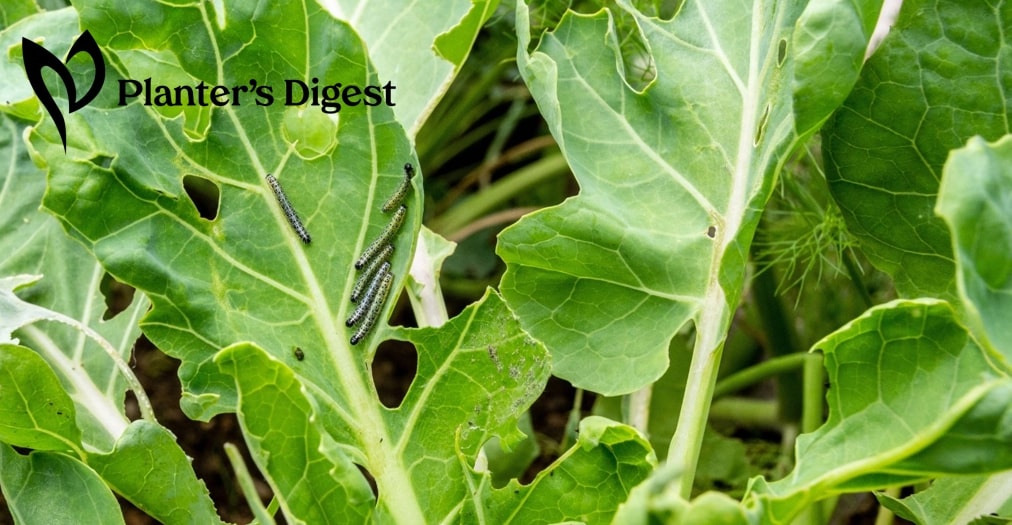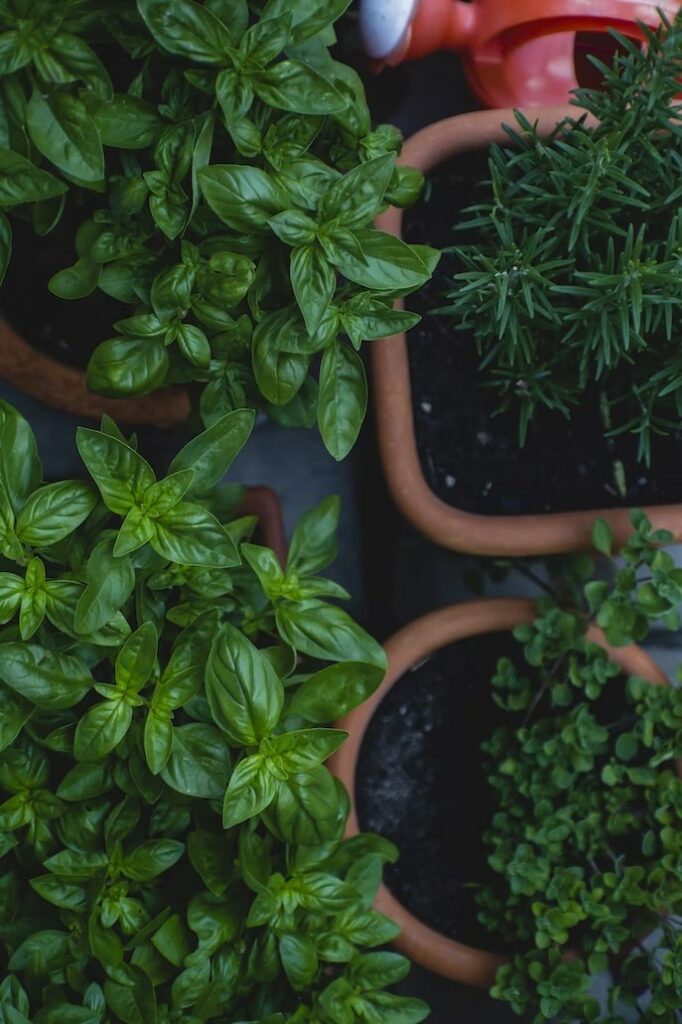Staring down at a leafy green that looks more like a moon’s surface than a plant, I can’t help but wonder what happened. Did a mini critter throw a rave on my spinach? Are greens with holes in them okay to eat?
But here’s a fun thought: that holey green in your hand might just be part of nature’s grand design, holes and all.
There are some pretty good reasons why your greens have holes, and most of the time, they’re still perfectly safe to eat. Stick around, because I’m going to break it all down for you and maybe toss in a few fun facts about our leafy friends along the way.
Can you eat greens with holes in them?
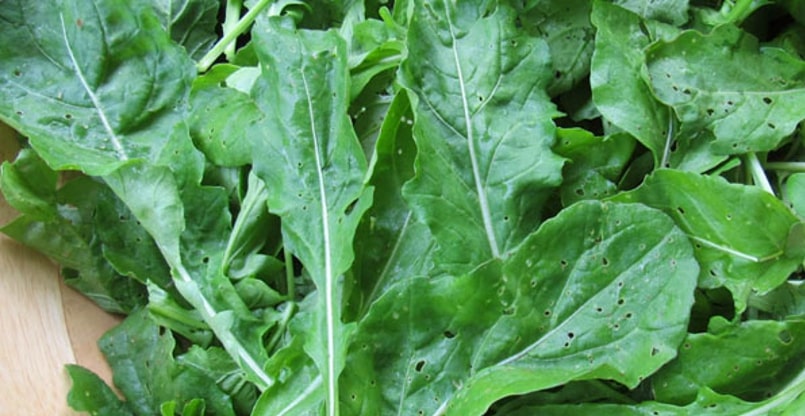
You can eat greens with holes in them. The holes are usually caused by insects and do not affect the safety of the greens, as long as the leaves are not discolored or mushy.
Common Causes of Holes in Your Greens
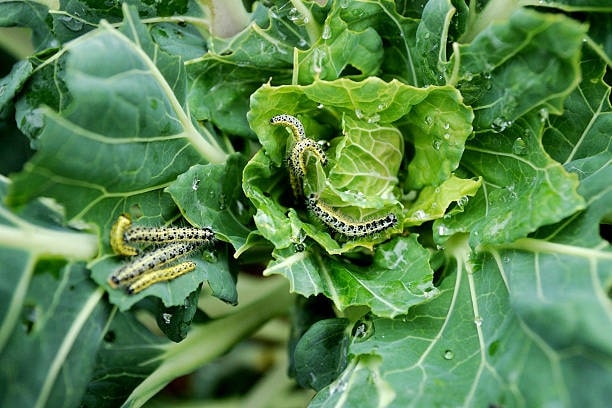
Holes in leaves can be caused by several factors, including insect activity, fungal or bacterial infections, environmental factors, wildlife, physical damage, pests like vine weevil larvae, or shot-hole disease.
Insect Activity
Caterpillars, beetles, and slugs are the usual suspects when it comes to the tiny holes in your leafy greens. These little critters munch away, leaving behind a pattern of holes, almost like dot-to-dot art on your kale or lettuce.
Now, you might be thinking, “Wait, is that bad?” Not really! Some insects are quite selective and target only a few leaves. They don’t ruin the entire plant but give it a quirky look. This might just mean your greens are organic and chemical-free.
After all, insects are picky eaters and tend to go for untreated produce!
Fungal or Bacterial Infections
Fungal or bacterial infections can be total garden thieves, sneaking in through spores carried by wind or water. It’s like a silent, unwanted guest at your garden party.
When fungi or bacteria find their way onto leaves, they often start with spots. These spots can grow, merge, and eventually turn into tiny holes. It’s not just a cosmetic issue—it can actually weaken the plant over time, making it struggle to thrive.
And the worst part? It can spread to other plants, turning your green paradise into a battlefield.
The good news is you can fight back. Regularly checking your plants for signs of infection, removing any affected leaves, and ensuring your plants have good air circulation can help prevent these issues.
Environmental Factors
Things like strong winds, heavy rain, and even pollution can stress your plants out, leading to damaged leaves. It’s like your plants are facing the harsh realities of nature every day.
When plants face strong winds or heavy rain, the force can tear the leaf surface, creating holes. Pollution can also weaken the leaf tissue, making it more prone to damage from physical stressors.
All this stress adds up over time, resulting in leaves full of holes. But you can help your plants by setting up windbreaks, using mulch to protect the soil, and placing them in a less polluted area.
Wildlife
Little critters like insects, caterpillars, and beetles munch on leaves as part of their diet, leaving behind those telltale holes you’re seeing.
When insects lay eggs on the leaves, the larvae that hatch need food. Those tender green leaves become their snack bar, and you might see a lace-like pattern or random holes, depending on the critter having a meal.
It’s not just about eating; it’s their way of surviving and growing. Leaves play a big role in their life cycle.
But why do plants let this happen? Well, it’s all part of the natural food chain and keeping the ecosystem balanced. Plants aren’t defenseless, though—they produce chemicals to discourage these hungry guests.
Despite these defenses, some leaves still end up with nibble marks, showing how interconnected everything is in the circle of life.
Shot-hole Disease
Shot-hole disease happens when fungi or bacteria infect leaves, creating dark spots that eventually fall out, leaving those tiny holes behind. This usually starts when the weather is warm and wet, which is perfect for fungi and bacteria to thrive.
They sneak into the leaf tissue, causing the cells to die. Once these spots dry up and fall out, the leaf ends up with a pockmarked look.
The disease can spread through splashing water or the wind. So, your garden might get affected after a rainy day or from watering overhead.
Even though it looks worrying, plants can often bounce back from this disease. With a bit of care, gardeners can keep it under control and help their plants stay healthy.
How to Prevent Holes in Your Greens
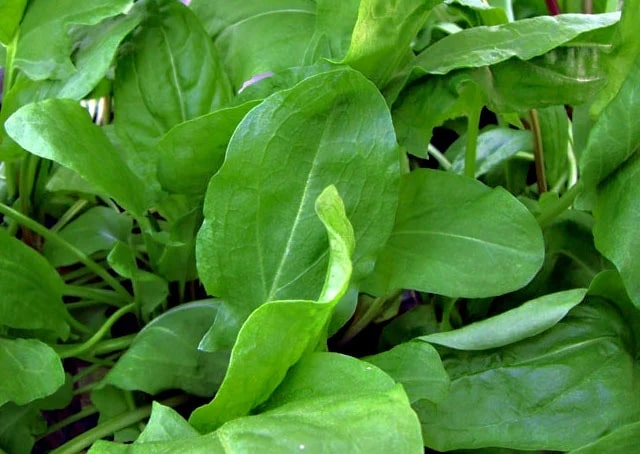
Using Floating Row Covers
Floating row covers are a fantastic way to keep your plants safe and sound. These covers do a great job of stopping insects in their tracks. No more caterpillars or beetles having a feast on your leaves—they simply can’t get through.
Even better, sunlight and water can still reach your plants through the fabric, so they stay healthy and happy. Just drape the cover over your plants and secure it with soil or garden staples.
Besides keeping pests out, they also offer frost protection on chilly nights. It’s a simple, yet super effective way to take care of your garden.
Inspecting Regularly
To keep your leafy greens looking their best, it’s important to check them regularly. Spend a few minutes every few days looking over the leaves for any signs of trouble.
This way, you can catch pests and diseases early and stop them from causing serious damage. You should look closely for tiny insects, eggs, or any unusual spots.
What’s great about regular inspection is that it’s simple and effective. It helps you stay on top of your plant’s health, making sure it grows strong and vibrant. Plus, you’ll get to know your garden well, noticing how it changes and improves over time.
Handpicking Pests
Handpicking pests is a simple and natural way to keep those pesky holes off your leafy greens. Just head out to your garden, spot the culprits, and pluck them off. Simply drop the pests into a bucket of soapy water to ensure they won’t come back.
Pests like caterpillars, beetles, and slugs love to snack on your greens, so regularly inspecting your plants and manually removing these troublemakers stops them from turning your leaves into Swiss cheese.
The best time for this task is early morning or late afternoon, as pests are often more active and easier to find. With consistent effort, you’ll keep your plants healthy and hole-free.
Applying Neem Oil
Neem oil is a natural pesticide that works wonders by disrupting the life cycle of pesky insects like aphids and caterpillars. Simply mix neem oil with water and spray it onto your plants every couple of weeks.
The oil coats the leaves, repelling insects and preventing them from laying eggs. This stops their larvae from munching through your greens, giving you beautiful, hole-free leaves.
Neem oil is also safe for your plants and non-toxic to humans, so you can munch on your greens with peace of mind.
Introducing Beneficial Insects
Introducing some helpful bugs like ladybugs, lacewings, and parasitic wasps can really keep your leafy greens looking great. These little critters are natural fighters—they love snacking on the pests that chew holes in your leaves.
By taking care of aphids, caterpillars, and other unwanted guests, these insects help keep your garden healthy without needing any chemicals.
FAQs About Holes in Greens
Is there a way to identify what specific pest is creating holes in my greens?
Yes, you can identify the specific pests by examining the type of damage and looking for telltale signs. For instance, small, irregular holes often point to flea beetles, while larger, ragged holes might indicate caterpillars or slugs.
You can also look for other clues, such as the presence of tiny eggs or droppings.
Are there any companion plants that help repel pests from leafy greens?
Absolutely! Companion planting is a natural way to repel pests. Plants like marigolds, garlic, and basil are particularly effective.
Marigolds can deter aphids and nematodes, garlic repels a range of pests including aphids and slugs, and basil can help ward off flies and mosquitoes.
Do holes in greens affect their nutritional value?
Holes in greens don’t significantly impact their nutritional value. The leafy greens with a few holes are still nutritious and safe to eat.
However, extensive damage could lead to a lower overall yield and quality, which might mean less produce for you to enjoy.
Can weather conditions cause holes in my greens?
Weather conditions themselves don’t directly cause holes in your greens, but they can contribute to pest problems. Damp or wet conditions, for example, can create an environment that favors pest activity and fungal diseases.
These pests and diseases are what ultimately cause the holes in your greens.


